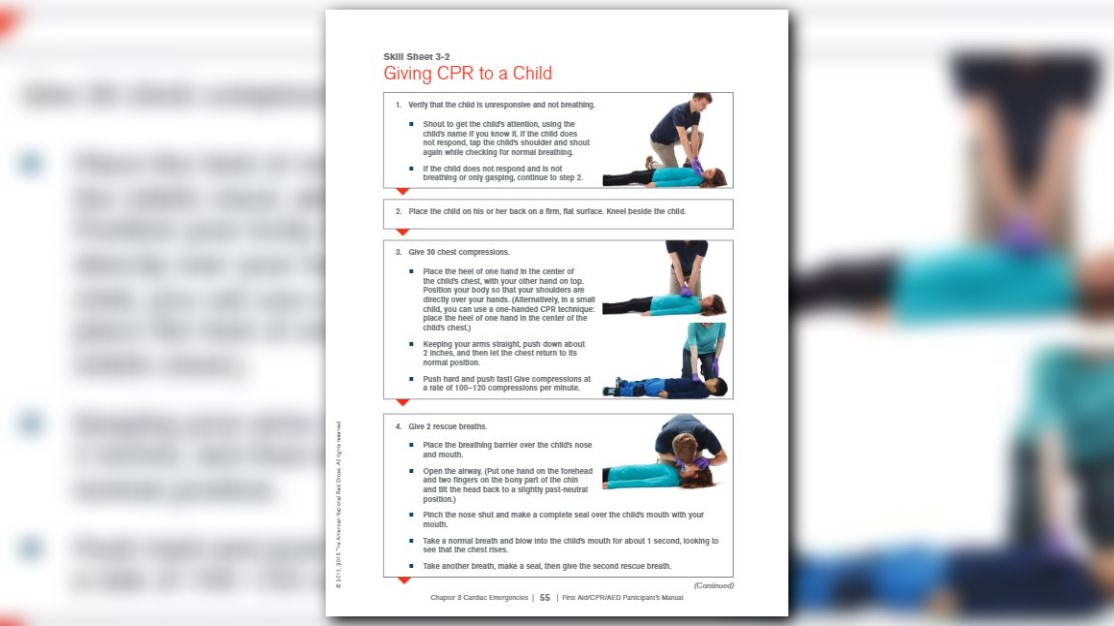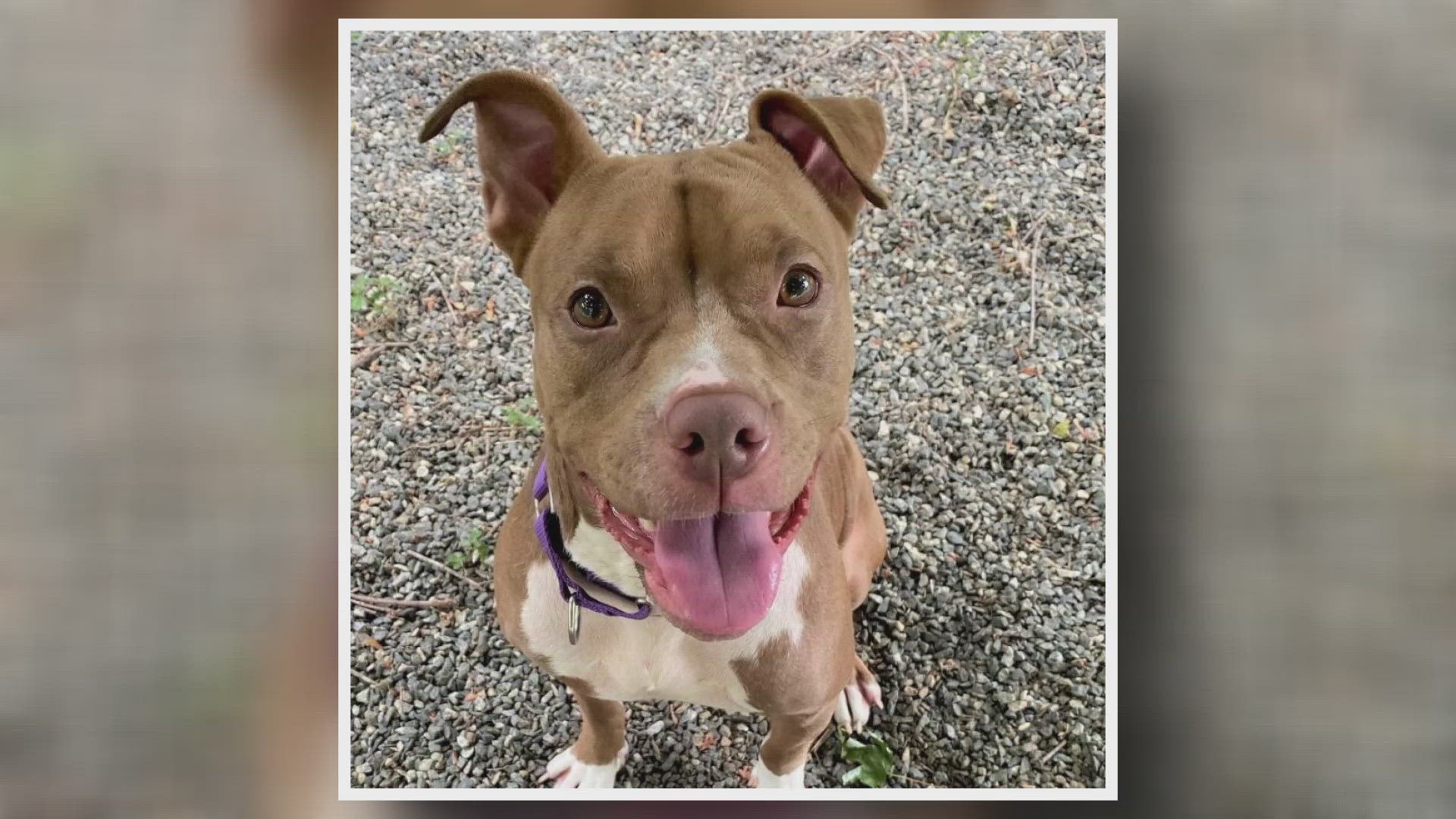GREENSBORO, NC -- In case you missed it, a local waitress made headlines recently for jumping in to save a choking child's life. She grabbed the toddler, turned him over, and dislodged the tortilla chip he was choking on. He was okay. But would you know what to do if you were in a similar situation?
We want to make sure you're prepared. So Red Cross Instructor Carolyn Wright joined Eric Chilton on the Good Morning Show to show the basics of child and infant CPR.
It's important for people to remember that every age is different. Generally, children's bones are more flexible than adults'. A young child's bones are more likely to bend where an adult's would break. Their tongues are larger in proportion to their mouths as well, and their airways are narrower. So experts say children are more likely than adults to need CPR as a result of a blocked airway. Infants are even more fragile than children, and care should be taken when providing CPR. As with young children, infants' bones are more flexible than adults', but also more delicate.
Carolyn then demonstrated what someone should do if an infant is choking.
Before Giving Child or Baby CPR
- Check the scene and the child. Make sure the scene is safe, then tap the child on the shoulder and shout "Are you OK?" to ensure that he or she needs help.
For infants, flick the bottom of the foot to elicit a response.
- Call 911. If child does not respond, ask a bystander to call 911, then administer approximately 2 minutes of care.
If you're alone with the child or infant, administer 2 minutes of care, then call 911.
If the child or infant does respond, call 911 to report any life-threatening conditions and obtain consent to give care. Check the child from head to toe and ask questions to find out what happened.
- Open the airway. With the child lying on his or her back, tilt the head back slightly and lift the chin.
- Check for breathing. Listen carefully, for no more than 10 seconds, for sounds of breathing. (Occasional gasps aren't breathing.)
Infants typically have periodic breathing, so changes in breathing pattern are normal.
- Deliver 2 rescue breaths if the child or infant isn't breathing. With the head tilted back slightly and the chin lifted, pinch the child's nose shut, make a complete seal by placing your mouth over the child's mouth and breathe into the child's mouth twice.
- For infants, use your mouth to make a complete seal over the infant's mouth and nose, then blow in for one second to make the chest clearly rise. Now, deliver two rescue breaths.
- Begin CPR. If the child or baby is unresponsive to the rescue breaths, begin CPR.
Performing Child & Baby CPR
- Kneel beside the child or baby.
- Push hard, push fast.
For children, place the heel of one hand on the center of the chest, then place the heel of the other hand on top of the first hand, and lace your fingers together. Deliver 30 quick compressions that are each about 2 inches deep.
For infants, use 2 fingers to deliver 30 quick compressions that are each about 1.5 inches deep.
3. Give 2 rescue breaths (see instructions above).
4. Keep going. Continue the these baby or child CPR steps until you see obvious signs of life, like breathing, or until an AED is ready to use, another trained responder or EMS professional is available to take over, you're too exhausted to continue, or the scene becomes unsafe.




For more information, visit the American Red Cross website.

